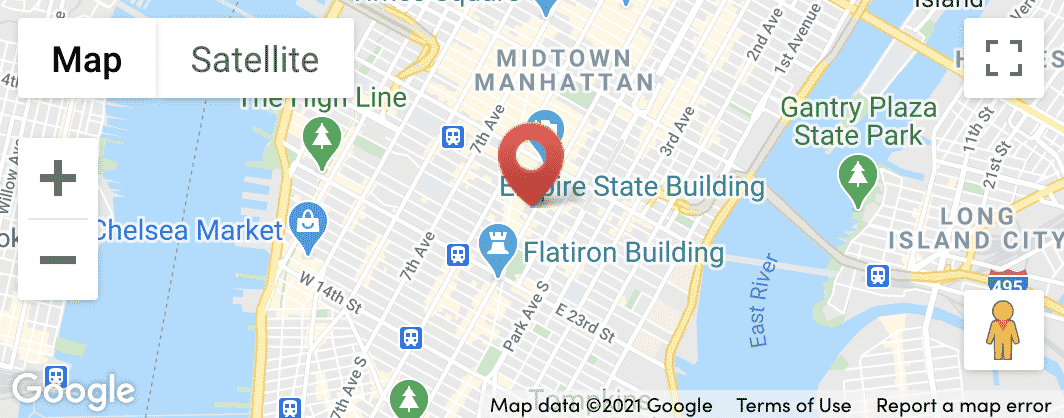If you’ve suffered the loss of a loved one during the pandemic, and you’re struggling to readjust to normal life, you’re not alone.
Many people, right now, are wondering why they can’t move on or why they feel “stuck” in their grief. Prolonged grief disorder may provide some much-needed answers – and relief.
What you’re going through is not your fault. It’s an understandable response to an incredibly painful experience of loss and the inability to process that loss fully due to the pandemic.
Knowing the signs of prolonged grief disorder can help you or someone you care about get the help they need.

Knowing the signs of prolonged grief disorder can help you or someone you care about get the help they need.
What is Prolonged Grief Disorder
Prolonged grief, also referred to as complicated grief, has just been added to the The Diagnostic and Statistical Manual of Mental Disorders (DSM-5) in light of the pandemic. This goes to prove that we still may not completely understand the far reaching impact COVID-19 has had on our collective mental health.
Prolonged Grief Disorder looks like an intense longing for the person you’ve lost and fixation on thoughts of the deceased. Someone suffering from prolonged grief may find it difficult to function on a daily basis and struggle to return to a new normal.
Getting support immediately when you recognize the signs can break the cycle and help you start your healing process.
Prolonged grief differs from normal grief in intensity and duration. The grief reactions you tend to see in the days or weeks immediately following a death – crying, trouble sleeping and eating, withdrawing from relationships – may go on for months or even years after the loss.
While there is no exact threshold for when normal grief crosses into prolonged grief, the new diagnosis states that if you remain incapacitated and unable to return to your daily life 12 months after a loss, you may be suffering from prolonged grief disorder.
It’s important to remember that since everyone moves through grief at their own pace, the 12 month guideline should be taken as a rule of thumb. The duration of your grief is not the only determining factor. It’s when grief becomes debilitating and goes beyond what is considered normal that can indicate prolonged grief disorder.
Prolonged Grief Disorder Criteria
People who suffer from prolonged grief disorder may look like they cannot fully move on from their loss. They struggle to accept the loss and cope with it on a day to day basis. It’s a feeling of being trapped in their grief and not knowing how to break the cycle.
These symptoms, especially if they persist for over 12 months, can signal prolonged grief disorder. But remember, you don’t have to wait until the 12th month mark in order to seek help. Getting support immediately when you recognize the signs can break the cycle and help you start your healing process. Other indicators of prolonged grief include:
- Intense longing for the deceased
- Denial and inability to accept the loss
- Ruminating thoughts about the deceased or the circumstances surrounding their death
- Feeling numb
- Believing that life is meaningless
- Problems functioning in your social, work, or school life
- Avoiding reminders of the deceased
- Feeling as though a part of you has died
- Catastrophizing about the future
- Self-blame
- Difficulty planning for the focus
- Anger or irritability
- Difficulty focusing
- Feeling alone or detached from others

People suffering from prolonged grief may not even realize there’s a name for what they’re experiencing.
Who’s at Risk?
People who have lost a primary relationship – such as a partner, child, or parent – are at higher risk for developing prolonged grief disorder. Deaths that are abrupt or violent can also put you at higher risk.
Lastly, the sheer magnitude of loss caused by the COVID-19 pandemic puts many more people at risk of developing prolonged grief disorder.
Navigating the loss of a loved one under normal circumstances is difficult enough. When you step back and see how the pandemic took away many of the structures in place that help people cope with a loss, you can understand why this loss may look and feel different.
Not being able to be by your loved one’s side in their final moments, celebrate their life, or lean on your support system could have strongly disrupted your grieving process. It could have even made it impossible to move forward.
We don’t know yet what far-reaching implications the pandemic has had on people’s grieving process. But the introduction of a new diagnosis may give people the language and the tools they need to seek help.
Why Should You Care about Prolonged Grief Disorder?
Because prolonged grief is a relatively new diagnosis, many people do not know about prolonged grief disorder or what it looks like. People suffering from prolonged grief may not even realize there’s a name for what they’re experiencing.
In fact, many people suffering mistake what’s going on as depression – which doesn’t quite capture the nuance of prolonged grief disorder. Similarly, people suffering from prolonged grief disorder don’t respond well to treatment for depression.
In prolonged grief disorder, your brain’s reward system lights up when you think of the deceased. This is a bodily response that more closely mimics addiction than depression. As such, prolonged grief disorder requires its own unique treatment plan.
Psychologists estimate a wave of prolonged grief cases in the upcoming years. COVID-19 has left a wake of bereaved people and continues to do so. People who have lost someone during the pandemic could be at a higher risk to develop the disorder.
It’s important to stay educated on the symptoms of prolonged grief to recognize the symptoms in yourself or someone close to you.
Thankfully, recognizing prolonged grief disorder in yourself or someone close to you is the first step toward healing

How Therapy can Help
Thankfully, recognizing prolonged grief disorder in yourself or someone close to you is the first step toward healing. Prolonged grief disorder is responsive to treatment, and therapy can help you find your way back to yourself. You can learn to live with loss and find the ability to be happy again.
If you’re suffering with intense and unrelenting feelings of grief, schedule a free consultation with one of our therapists specializing in Prolonged Grief Disorder today.
Your Turn: Do you suspect yourself or a loved one has experienced Prolonged Grief Disorder? Share your experience and how you cope in the comments below.





